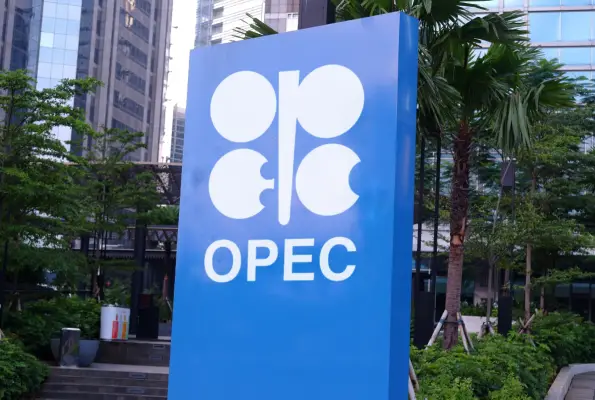Global oil supply may closely match overall demand in 2026 as the wider OPEC+ group increases production, according to the bloc’s latest report, marking a shift from the September 2025 outlook, which projected a supply shortfall in the coming days.
OPEC+ is adding more crude to the market after the Organisation of the Petroleum Exporting Countries, Russia, and other allies opted to rapidly unwind some output cuts. The additional supply has raised concerns about a surplus and weighed on oil prices so far in 2025.
“The robust global economic dynamics seen in the third quarter of 2025, coupled with upward revisions to second-quarter 2025 growth in the U.S. and Japan, as well as strong data from India and China, reinforce a stable global growth outlook,” OPEC said.
OPEC’s demand forecasts are at the higher end of industry estimates, as the bloc expects a slower energy transition than other forecasters, such as the International Energy Agency (IEA). OPEC’s outlook also implied a supply deficit in 2026, in contrast to the IEA and many other analysts.
A large deficit provides a more comfortable backdrop for OPEC+ to proceed with its plan to pump more barrels to regain market share. However, the latest report also found that the gap between the bloc and other forecasters was narrowing.
OPEC+ in September raised crude output by 630,000 barrels per day to 43.05 million bpd, reflecting its earlier decisions to increase output quotas. With demand for OPEC+ crude expected to average 43.1 million bpd in 2026, the report implies the world market will see a deficit of 50,000 bpd if the wider group continues pumping at September’s rate, according to a Reuters calculation. The September 2025 report had implied a deficit of 700,000 bpd in 2026 if OPEC+ continued pumping at August’s rate.
A Reuters poll of analysts in September suggested the market could face an oversupply of 1.6 million bpd in 2026, driven by rising output from OPEC+ and non-OPEC producers, including the United States, Brazil, and Guyana. Still, oversupply is likely to be a short-term issue, according to American energy major ExxonMobil. According to CEO Darren Woods, the company sees a tighter oil market in the medium to longer term.



